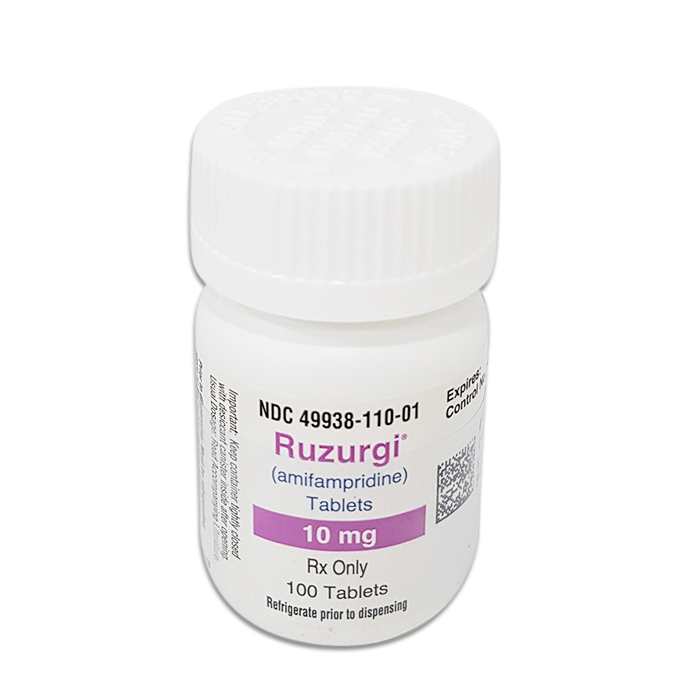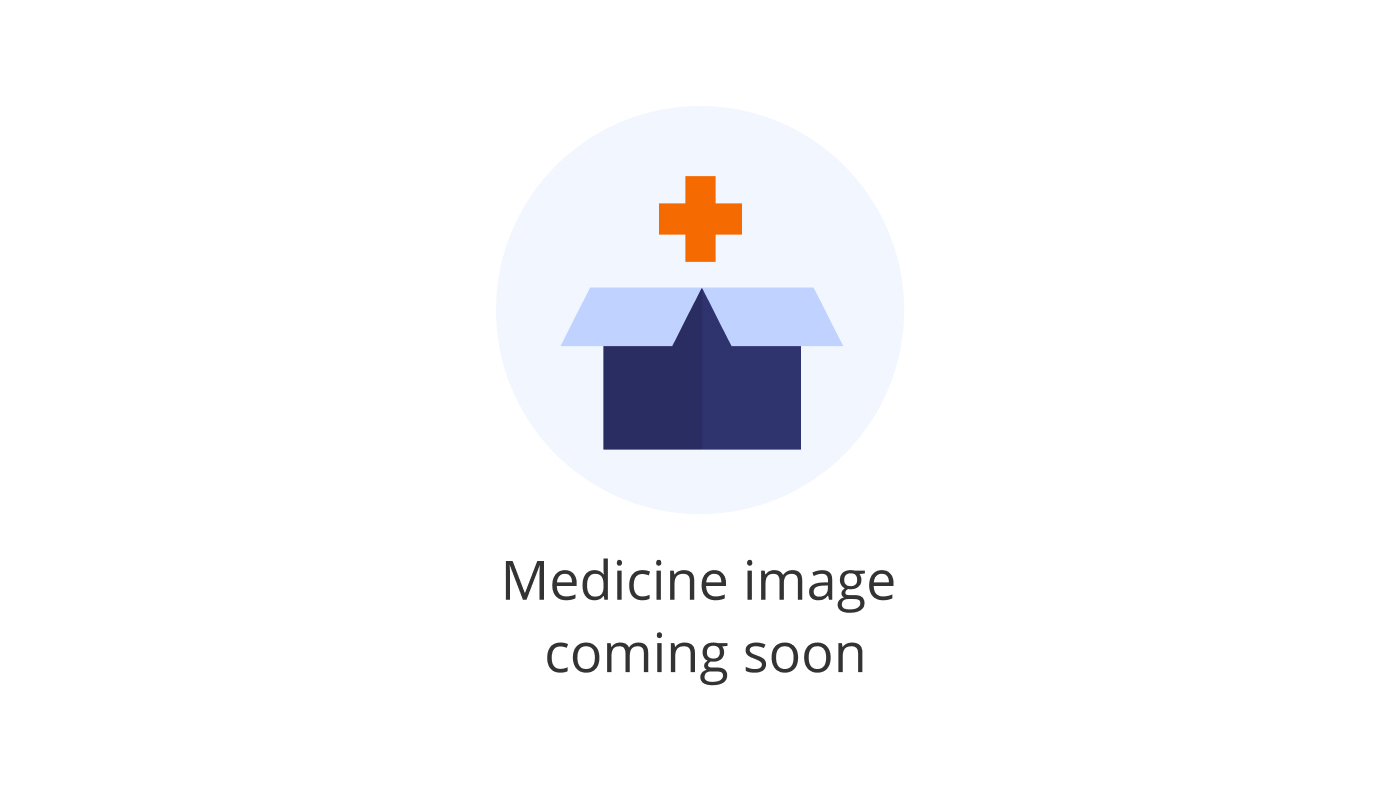New Lambert-Eaton myasthenic syndrome (LEMS) treatments 2024
New Lambert-Eaton myasthenic syndrome (LEMS) Treatments 2024
Lambert-Eaton Myasthenic Syndrome (LEMS) is a rare autoimmune disorder that is characterized by muscle weakness of the limbs. It is associated with a faulty connection between nerves and muscles, which results in a decreased ability of muscles to contract properly. The condition is often linked to an underlying malignancy, such as small cell lung cancer, which is present in about 50% of LEMS cases, making it a paraneoplastic syndrome. Symptoms of LEMS can include difficulty walking, climbing stairs, lifting objects, and may also affect the autonomic nervous system, leading to dry mouth and eyes, constipation, and impotence. Diagnosis typically involves a combination of clinical examination, blood tests to detect specific antibodies, electromyography (EMG), and nerve conduction studies.
For individuals considering treatment options for LEMS, there are several medications and therapies available that can help manage symptoms and improve muscle strength. One of the primary treatments is 3,4-diaminopyridine (3,4-DAP), which increases the release of acetylcholine at the neuromuscular junction and can significantly improve muscle strength. Immunotherapies, such as prednisone, azathioprine, and intravenous immunoglobulin (IVIG), may also be used to suppress the abnormal immune response. For patients with cancer-associated LEMS, treating the underlying malignancy is crucial and can lead to an improvement in LEMS symptoms. It is important for patients to discuss their specific condition with their healthcare provider to determine the most appropriate treatment plan, which may include a combination of medications, physical therapy, and symptom management strategies.

Treatment options
| Treatment option | Estimated cost | Efficacy | Eligibility |
|---|---|---|---|
| 3,4-Diaminopyridine (DAP) | Varies by insurance | Improves muscle strength | Adults |
| Amifampridine Phosphate (Firdapse) | $5,000 - $30,000 | Increases neurotransmission | Adults |
| Immunosuppressants (e.g., prednisone, azathioprine) | $50 - $500 | Variable; reduces antibody production | Adults with refractory symptoms |
| Intravenous Immunoglobulin (IVIG) | $10,000 - $20,000 | Can improve muscle strength | Adults and children |
| Plasmapheresis | $10,000 - $15,000 | Temporary improvement in symptoms | Adults with acute exacerbations |
| Ruzurgi (amifampridine) | $5,000 - $30,000 | Increases neurotransmission | Children 6 to 17 years old |
| Experimental treatments (e.g., rituximab) | Not established | Varies; some show promise | Adults in clinical trials |
Treatments options in detail
3,4-Diaminopyridine (3,4-DAP)
The primary treatment for Lambert-Eaton Myasthenic Syndrome (LEMS) is 3,4-Diaminopyridine (3,4-DAP), which is approved by the U.S. Food and Drug Administration (FDA) for use in LEMS patients. 3,4-DAP works by blocking potassium channels on the presynaptic nerve terminal, which prolongs the action potential and enhances the release of acetylcholine, a neurotransmitter that is deficient in LEMS patients. This improvement in neurotransmitter release can lead to increased muscle strength. The brand name for 3,4-DAP is Ruzurgi, which is approved for pediatric patients with LEMS, and Firdapse, which is approved for adults.
Amifampridine Phosphate
Amifampridine phosphate is another formulation of 3,4-DAP and is marketed under the brand name Firdapse. It is specifically approved for the treatment of adults with LEMS. The mechanism of action is similar to Ruzurgi, as it also blocks potassium channels to increase acetylcholine release at the neuromuscular junction, thereby improving muscle strength.
Immunosuppressive Therapy
Since LEMS is an autoimmune disorder, immunosuppressive therapies are commonly used to reduce the immune system's attack on the neuromuscular junction. Prednisone, a corticosteroid, is often prescribed to reduce inflammation and suppress immune system activity. Other immunosuppressants such as azathioprine, mycophenolate mofetil, and cyclosporine may also be used either alone or in combination with corticosteroids to manage symptoms of LEMS.
Intravenous Immunoglobulin (IVIg)
Intravenous Immunoglobulin (IVIg) is a blood product administered intravenously that contains the pooled IgG immunoglobulins from the plasma of thousands of donors. IVIg is used off-label for the treatment of LEMS and is thought to work by modifying the immune response. It can be particularly useful in the short-term management of LEMS, especially before immunosuppressive drugs have taken effect, or during times of exacerbation.
Plasmapheresis
Plasmapheresis, or plasma exchange, is a procedure that removes plasma from the blood where antibodies against the voltage-gated calcium channels are found. This can lead to a temporary reduction in symptoms. Plasmapheresis is often used in conjunction with other treatments and may be particularly beneficial during acute exacerbations of LEMS or when rapid symptom relief is needed.
Calcium Channel Blockers
Some patients with LEMS may benefit from the off-label use of calcium channel blockers such as nifedipine or verapamil. These medications can help increase the release of acetylcholine at the neuromuscular junction, although they are not as effective as 3,4-DAP or amifampridine phosphate.
Cholinesterase Inhibitors
Cholinesterase inhibitors, such as pyridostigmine, are used in the treatment of myasthenia gravis and may have some limited benefit in patients with LEMS. These drugs work by inhibiting the enzyme acetylcholinesterase, which breaks down acetylcholine, thereby increasing the concentration of acetylcholine available to stimulate muscle contraction. However, they are generally considered less effective for LEMS than for myasthenia gravis.
Experimental Treatments
Research into new treatments for LEMS is ongoing. Experimental therapies may include monoclonal antibodies that target the immune response more precisely than traditional immunosuppressive therapy. One such example is rituximab, which targets CD20-positive B cells and has been used off-label for LEMS with some reported success in case studies and small clinical trials. Other investigational treatments include the use of small molecules that can modulate immune system activity or enhance neuromuscular transmission.
Supportive Care
In addition to pharmacological treatments, supportive care is an important aspect of managing LEMS. Physical therapy can help maintain muscle strength and prevent atrophy. Occupational therapy may assist patients in adapting to their functional limitations, and speech therapy may be necessary if bulbar muscles are affected. It is also crucial for patients to avoid medications that may exacerbate LEMS symptoms, such as certain antibiotics and magnesium-containing products.
Management of Underlying Malignancy
Approximately 50-60% of LEMS cases are associated with an underlying malignancy, most commonly small cell lung cancer (SCLC). In these cases, treating the underlying cancer can lead to an improvement in LEMS symptoms. This may involve chemotherapy, radiation therapy, or surgery, depending on the type and stage of cancer. The management of the malignancy should be coordinated with the treatment of LEMS to optimize patient outcomes.
Conclusion
Treatment of Lambert-Eaton Myasthenic Syndrome (LEMS) is multifaceted and often requires a combination of pharmacological and supportive therapies. The choice of treatment depends on the severity of the symptoms, the presence of an underlying malignancy, and the patient's overall health status. While some treatments are FDA-approved specifically for LEMS, others are used off-label or are still under investigation. It is important for patients to work closely with their healthcare team to determine the most appropriate treatment plan for their individual needs.
Symptoms
Symptoms of Lambert-Eaton Myasthenic Syndrome (LEMS)
Lambert-Eaton Myasthenic Syndrome (LEMS) is a rare autoimmune disorder characterized primarily by muscle weakness of the limbs. The weakness is typically more pronounced in the proximal muscles, which are the muscles closest to the trunk of the body. Patients with LEMS often experience difficulties with tasks that require muscle strength, such as climbing stairs, rising from a sitting position, or lifting objects.
Another hallmark symptom of LEMS is fatigue. This is not just a general sense of tiredness; the fatigue associated with LEMS is specifically related to muscle use. As the affected muscles are used, they become rapidly fatigued, leading to an increase in muscle weakness. This muscle fatigue can improve with rest.
LEMS can also affect the autonomic nervous system, which controls involuntary bodily functions. Symptoms related to autonomic dysfunction can include dry mouth, erectile dysfunction in men, constipation, and difficulties with sweating, such as reduced sweating or, conversely, excessive sweating.
The muscle weakness in LEMS may fluctuate in severity and often improves with repeated use of the muscles, a phenomenon known as the "Lambert-Eaton phenomenon." This is in contrast to myasthenia gravis, another autoimmune disorder affecting neuromuscular transmission, where muscle weakness typically worsens with repeated use.
Patients with LEMS may also experience difficulties with eye movements and double vision, although these symptoms are less common than in myasthenia gravis. Ptosis, which is a drooping of the eyelids, can occur but is not as prevalent as in myasthenia gravis.
Difficulty swallowing (dysphagia) and changes in speech, such as a nasal quality voice, can occur if the muscles involved in swallowing and speech are affected. These symptoms can contribute to a decreased quality of life and may pose a risk for aspiration.
LEMS can also lead to decreased reflexes or areflexia. The reduction in tendon reflexes, such as the knee-jerk reflex, is a common early sign of LEMS and can be a critical clue in the diagnosis of the condition.
Paresthesias, which are abnormal sensations such as tingling or 'pins and needles,' can also be present in LEMS. These sensations are typically mild and are more likely to affect the extremities.
Some patients with LEMS may experience muscle pain and tenderness, although this is not as common as the primary symptoms of muscle weakness and fatigue.
In some cases, LEMS is associated with an underlying malignancy, most commonly small cell lung cancer. When LEMS is associated with cancer, symptoms may precede the diagnosis of the malignancy. In these cases, additional symptoms related to the cancer itself may also be present.
It is important to note that the severity and combination of symptoms can vary widely among individuals with LEMS. Some may experience only mild symptoms, while others may have severe muscle weakness leading to significant disability.
While the above symptoms are the most commonly reported in LEMS, it is a complex disorder and can present with a range of other symptoms depending on the individual and the severity of the condition. Diagnosis and management should be tailored to each patient, taking into account the full spectrum of symptoms and their impact on the patient's quality of life.
Cure
Current Treatment Approaches for Lambert-Eaton Myasthenic Syndrome (LEMS)
As of the current medical understanding, there is no definitive cure for Lambert-Eaton Myasthenic Syndrome (LEMS). This rare autoimmune disorder, characterized by muscle weakness and other autonomic nervous system issues, is primarily managed through symptomatic treatment and immunosuppressive therapies aimed at reducing the underlying autoimmune response.
Immunosuppressive Therapies
Immunosuppressive medications are a cornerstone of LEMS management. These drugs, such as prednisone, azathioprine, and mycophenolate mofetil, work by suppressing the immune system's activity, which reduces the production of antibodies that attack the voltage-gated calcium channels at the neuromuscular junction. While these treatments can be effective in reducing symptoms, they are not considered a cure as they do not eliminate the disease but rather control its progression and manage its manifestations.
Plasma Exchange and Intravenous Immunoglobulin (IVIG)
Plasma exchange (plasmapheresis) and intravenous immunoglobulin (IVIG) are additional therapies used to treat LEMS. Plasma exchange involves removing and replacing the blood plasma, which contains the antibodies responsible for the symptoms of LEMS. IVIG therapy involves administering intravenous doses of immunoglobulin, which can help to modulate the immune response. These treatments can lead to temporary improvement in muscle strength and other symptoms, but they also do not represent a cure, as their effects are transient and the treatments need to be repeated periodically.
Medications to Enhance Neuromuscular Transmission
Medications such as pyridostigmine, a cholinesterase inhibitor, are used to improve neuromuscular transmission in LEMS patients. These drugs increase the availability of acetylcholine at the neuromuscular junction, thereby enhancing muscle contraction. Although they can improve symptoms, they do not alter the underlying autoimmune process, and thus, are not curative.
Targeted Therapies
Amifampridine (3,4-diaminopyridine) is a targeted therapy approved for the treatment of LEMS. It works by blocking potassium channels, which prolongs the action potential in nerve terminals and increases the release of acetylcholine. This results in improved muscle strength. While amifampridine can significantly improve quality of life for LEMS patients, it is not a cure and must be taken continuously to maintain its beneficial effects.
Treatment for Underlying Malignancies
In cases where LEMS is associated with an underlying malignancy, such as small cell lung cancer, treatment of the cancer can sometimes lead to improvement or remission of LEMS symptoms. However, this is not always the case, and even with successful cancer treatment, some patients may continue to experience symptoms of LEMS. Therefore, while treating the underlying cause is critical, it does not guarantee a cure for LEMS.
Research and Future Directions
Research into LEMS is ongoing, with the aim of better understanding the disease and finding more effective treatments. Studies are exploring the role of new immunotherapies and other agents that may target the immune system more precisely. Clinical trials are essential for the development of potential new treatments that may one day lead to a cure. However, as of now, such a cure has not been discovered, and current treatments remain focused on symptom management and improving patient quality of life.
Importance of Multidisciplinary Care
Managing LEMS effectively often requires a multidisciplinary approach, involving neurologists, oncologists, immunologists, physical therapists, and other healthcare professionals. This team works together to tailor treatments to individual patient needs and to adjust therapies as the disease progresses or as the patient's response to treatment changes. The goal is to maintain the highest possible level of function and independence for the patient, despite the absence of a cure.
Lifestyle Adjustments and Supportive Care
Lifestyle adjustments and supportive care are also important aspects of managing LEMS. Patients may benefit from physical therapy to maintain muscle strength and mobility, occupational therapy to assist with daily activities, and counseling or support groups to cope with the emotional challenges of living with a chronic condition. These supportive measures do not cure LEMS, but they are vital for enhancing the overall well-being of patients.
Conclusion
In summary, while there is no cure for Lambert-Eaton Myasthenic Syndrome, there are multiple treatment options available that can help manage symptoms and improve quality of life. The approach to treatment is highly individualized and may include immunosuppressive medications, plasma exchange, IVIG, medications that enhance neuromuscular transmission, targeted therapies, and treatment of any underlying malignancy. Ongoing research continues to explore new potential treatments, with the hope of finding more effective therapies and, ultimately, a cure for LEMS.
Access Lambert-Eaton myasthenic syndrome (LEMS) medicines today
If Lambert-Eaton myasthenic syndrome (LEMS) medicines are not approved or available in your country (e.g. due to supply issues), you can access them via Everyone.org.
How Everyone.org works

Make an enquiry
Choose the medicine you want to access, answer a couple of questions, and upload your prescription to speed things up. We’ll get back to you within 24 hours.


Make an enquiry
Choose the medicine you want to access, answer a couple of questions, and upload your prescription to speed things up. We’ll get back to you within 24 hours.


Breeze through the paperwork
We'll guide you through the required documents for importing unapproved medicine, ensuring you have all the necessary information.


Get a personalized quote
We’ll prepare a quote for you, including medicine costs and any shipping, administrative, or import fees that may apply.


Receive your medicine
Accept the quote and we’ll handle the rest - sourcing and safely delivering your medicine.

Some text on this page has been automatically generated. Speak to your physician before you start a new treatment or medication.
Let's talk
If you have any questions, call us or send us a message through WhatsApp or email:
Contact us




